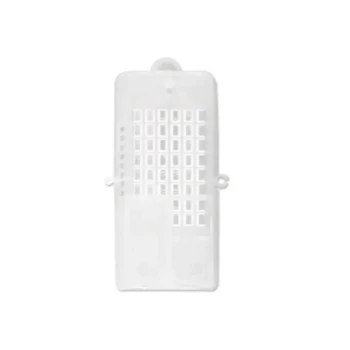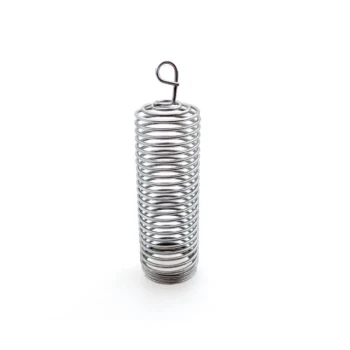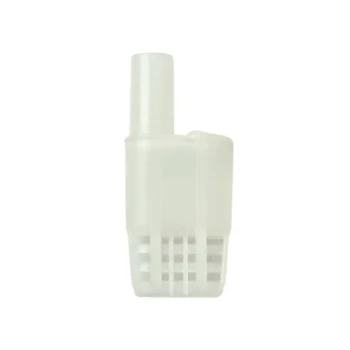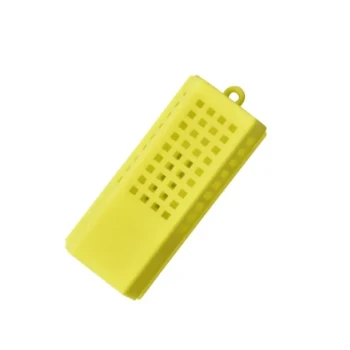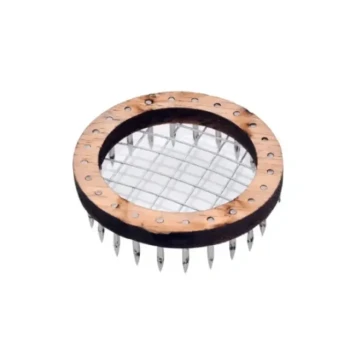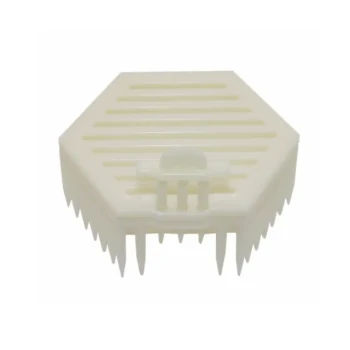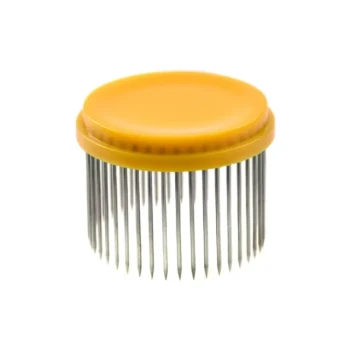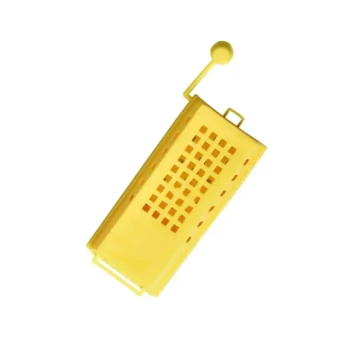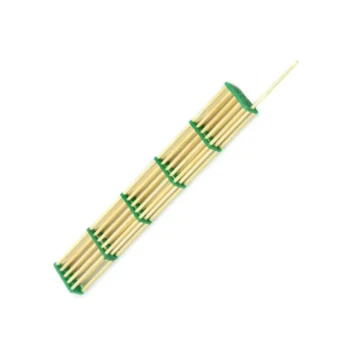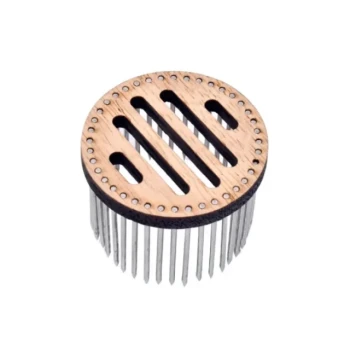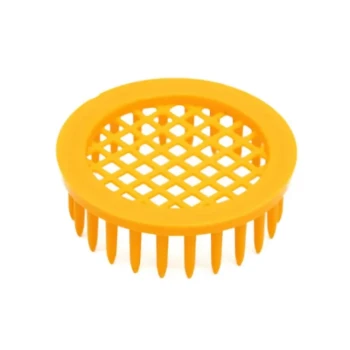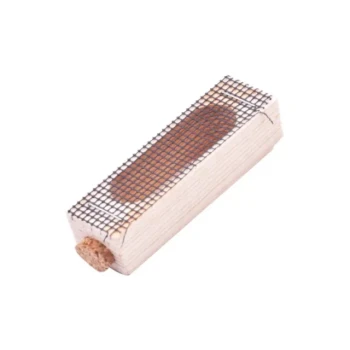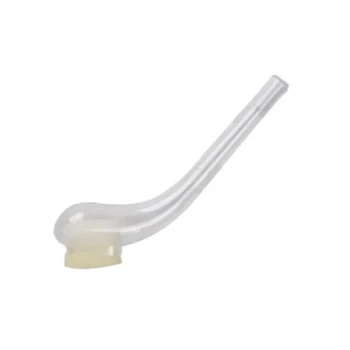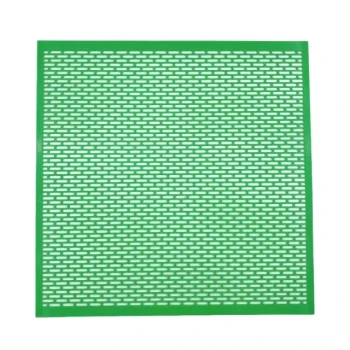At its core, a queen cage is a small, protective enclosure used to transport a queen bee and, more critically, to manage her safe introduction into a new or existing honey bee colony. It serves as a physical barrier that prevents the colony's worker bees from immediately killing the foreign queen, giving them time to acclimate to her unique scent, or pheromone.
The queen cage's function extends beyond simple protection. Its primary role is to overcome a biological certainty: a honey bee colony will almost always reject and kill an unfamiliar queen. The cage facilitates a slow, controlled introduction that allows the colony to gradually accept her as their new monarch.
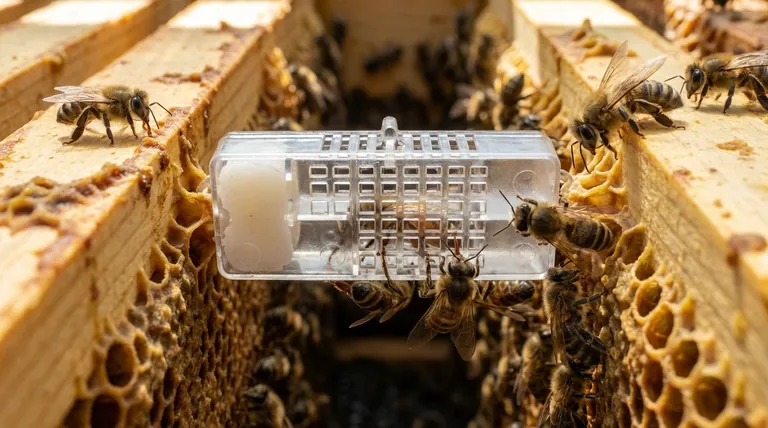
The Core Problem: Colony Acceptance
To understand the queen cage, you must first understand the social structure of a honey bee hive. The entire colony is chemically bound together by the queen's unique pheromones.
The Scent of the Hive
A queen bee constantly produces a unique chemical scent known as the queen mandibular pheromone (QMP). This scent is spread throughout the hive by worker bees, signaling that the colony has a healthy, laying queen and ensuring social cohesion.
The "Intruder" Response
Any bee that does not carry the hive's specific scent is treated as a foreign intruder. When a new queen is suddenly dropped into a colony, her unfamiliar pheromones trigger a defensive reaction. Worker bees will swarm her in a tight ball, a behavior called "balling," where they vibrate their muscles to generate lethal heat, effectively cooking her to death.
How the Queen Cage Solves the Problem
The queen cage is engineered to prevent this fatal response by turning a sudden confrontation into a gradual acquaintance. It manages the introduction process over several days.
A Protective Barrier
The most obvious function of the cage is to provide a physical shield. The mesh or screen allows worker bees to get close, but it prevents them from directly attacking and killing the new queen upon her arrival.
The Slow-Release Mechanism
Most queen cages are designed with a white candy plug blocking one exit. After placing the cage in the hive, the worker bees begin to chew through this candy plug to release the queen. This process typically takes three to five days.
Pheromone Exchange
During this multi-day period, two critical things happen. The new queen's pheromones slowly permeate the hive from inside the cage, and the hive's original queen pheromone (if any) dissipates. Workers will begin to feed the new queen through the cage mesh, a key sign of early acceptance. By the time they chew through the candy, her scent has become the new standard, and they welcome her as their own.
Key Applications for Queen Cages
Beekeepers rely on queen cages in two primary scenarios that are fundamental to managing bee colonies.
Introducing Packaged Bees
When starting a completely new hive from a "package" of bees, the queen is shipped in a cage suspended among the thousands of worker bees. The beekeeper installs the package and the caged queen, allowing the slow-release process to establish her as the colony's founder.
Requeening an Existing Colony
Beekeepers replace queens when they are old, unproductive, or lost. Before introducing the new caged queen, it is absolutely critical to ensure the old queen is removed. A colony will never accept a new queen if they still have their old one.
Understanding the Trade-offs and Distinctions
While essential, using a queen cage requires careful execution. Missteps or misunderstandings can lead to failure.
Do Not Rush the Process
The temptation to "help" the queen by manually releasing her early is a common mistake. The candy plug is a feature, not a flaw. The time it takes the bees to chew through it is crucial for social acceptance. Bypassing this step often results in the queen's immediate death.
Verify the Colony is Queenless
Introducing a new queen into a hive that already has one will fail. The workers, loyal to their existing queen, will kill the newcomer. Always perform a thorough inspection to confirm the colony is truly queenless before introducing a replacement.
Distinguishing from Other Tools
A queen cage is often confused with other beekeeping equipment.
- A queen excluder is a large screen that keeps the larger queen in the lower hive boxes, away from honey supers.
- A queen clip is a small, clasp-like tool used to temporarily and safely hold a queen during a hive inspection.
- A grafting tool is a delicate instrument used by queen breeders to transfer larvae for rearing new queens.
How to Apply This to Your Goal
The queen cage is a tactical tool used to manage the complex biology of the honey bee colony. How you view it depends on your immediate objective.
- If your primary focus is starting a new hive: The queen cage is the instrument that ensures the foundation of your colony is successfully established.
- If your primary focus is saving a struggling or queenless hive: The cage is your critical tool for executing a smooth transition of leadership and ensuring the colony's long-term survival.
- If your primary focus is improving genetics: The queen cage is the enabling device that allows you to introduce a new queen with more desirable traits into an existing colony.
Ultimately, the queen cage allows a beekeeper to work with, not against, the powerful instincts that govern the hive.
Summary Table:
| Function | Purpose | Key Feature |
|---|---|---|
| Protection | Shield the queen from immediate attack | Mesh/screen barrier |
| Slow Introduction | Allow colony to acclimate to queen's pheromones | Candy plug for timed release |
| Pheromone Exchange | Enable gradual scent adoption by worker bees | Multi-day process |
| Primary Use Cases | Introducing packaged bees; Requeening existing colonies | Requires queenless hive |
Ensure your beekeeping operation thrives with the right equipment. A successful queen introduction is fundamental to colony health and honey production. At HONESTBEE, we supply commercial apiaries and beekeeping equipment distributors with high-quality, reliable beekeeping supplies through our wholesale-focused operations. Let us help you build stronger, more productive hives.
Contact HONESTBEE today to discuss your wholesale supply needs and elevate your beekeeping success.
Visual Guide

Related Products
- Professional Multi-Functional Queen Bee Cage
- Durable Galvanized Steel Spring Queen Bee Cage
- Multi-Function Queen Roller Cage and Catcher
- Professional Multi-Compartment Queen Cage with Sliding Lid
- Wood and Mesh Push-In Queen Cage
People Also Ask
- What are the components of a standard queen cage? A Guide to Safe Queen Introduction
- What should be done if bees damage the queen cage or harm the queen? Rescue Your Queen and Save Your Hive
- How do you check if the queen has been released after installation? A Guide to Successful Queen Acceptance
- What items are needed to place the queen bee's cage in the hive? A Guide to Successful Queen Introduction
- What is sequestration, and how does it help bees reorient? A Safer Guide to Hive Relocation
